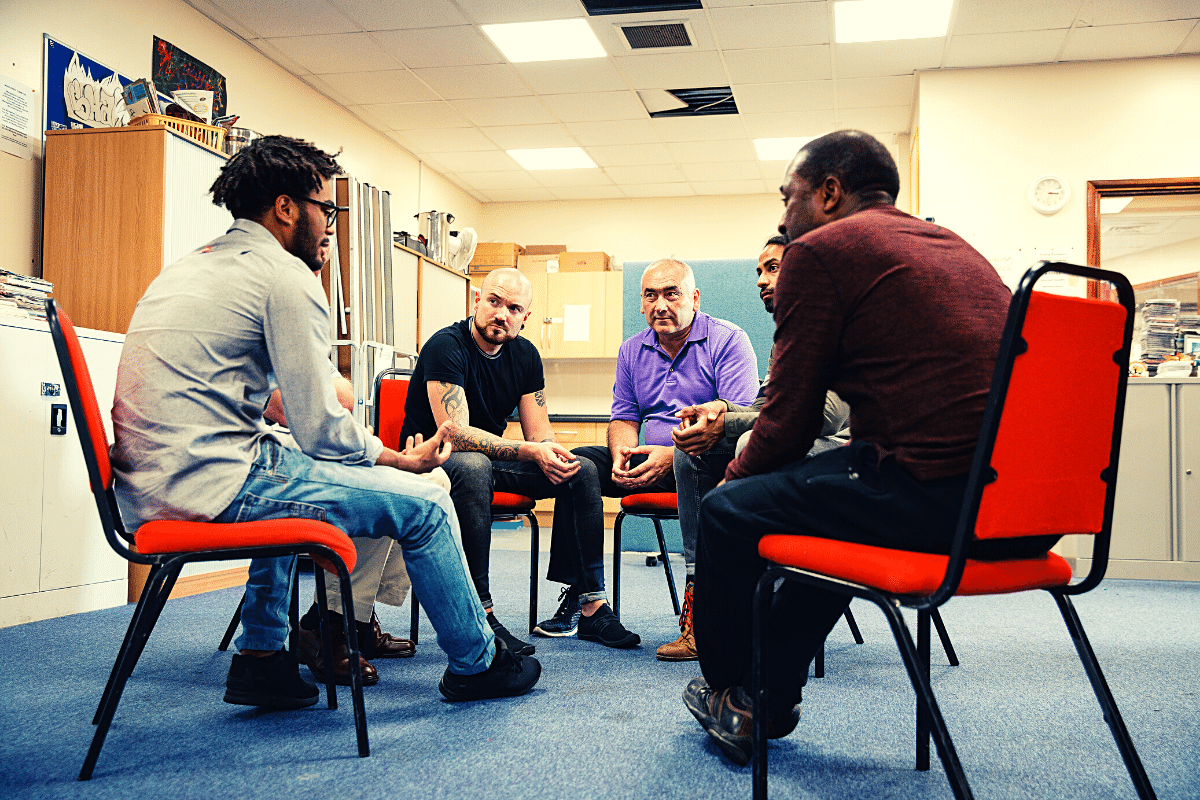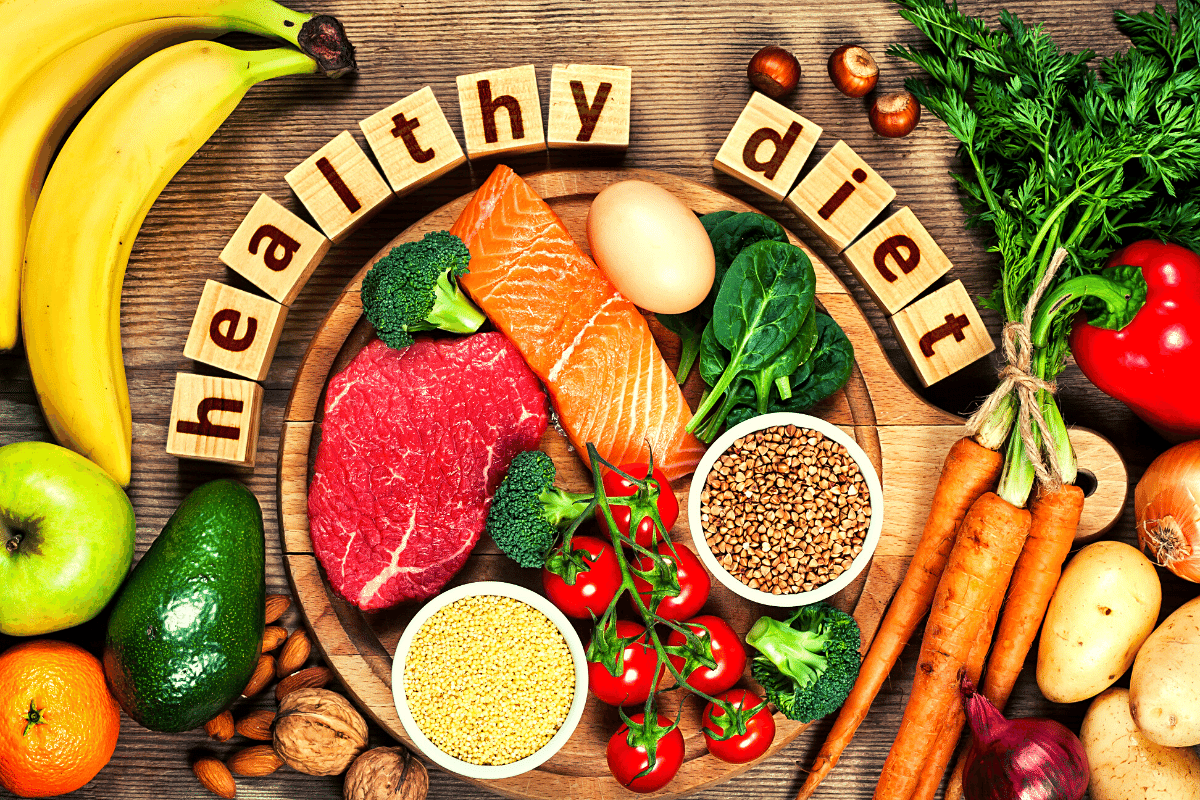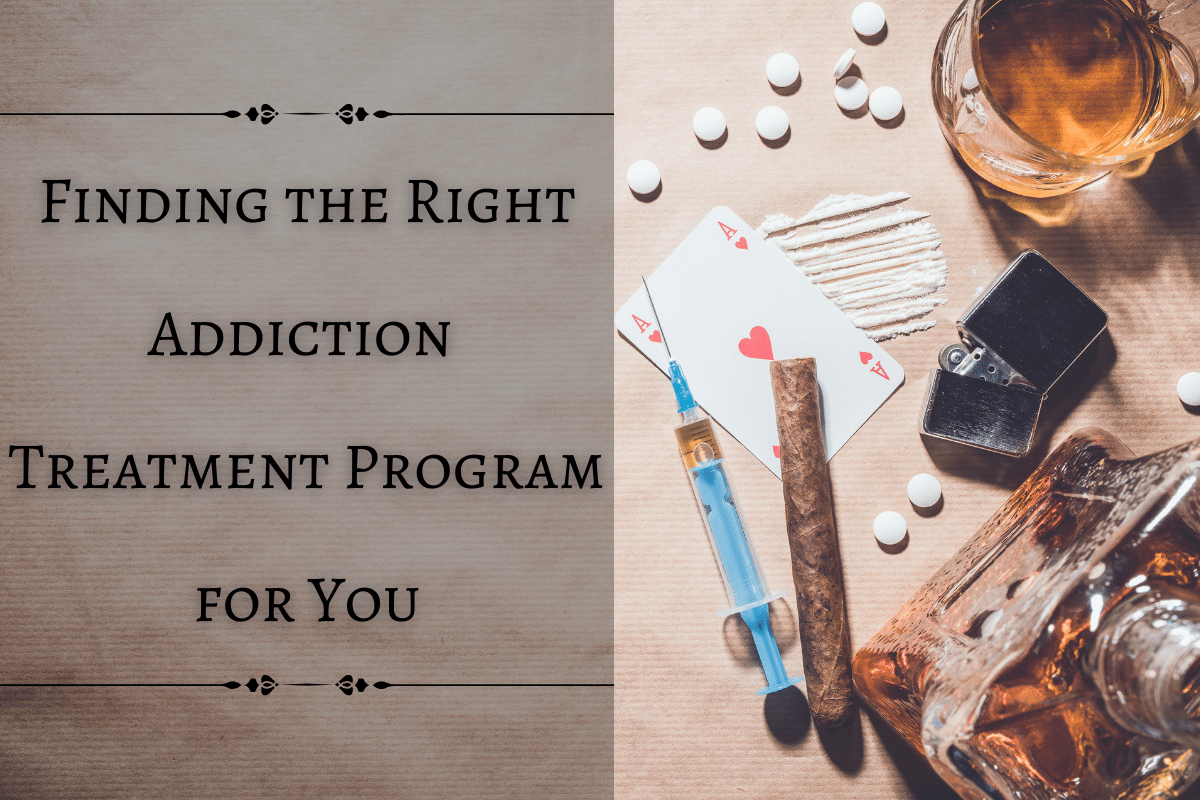In today’s world, it’s not uncommon to find people who struggle with some form of addiction. In fact, according to the Center for Disease Control and Prevention, more than 20 million adults in the United States struggle with an addictive disorder that interferes with their daily lives.
While some individuals may be fortunate enough to never experience addiction in their lives, others are not so lucky. If you know someone who struggles with drug or alcohol abuse or another type of addiction, help is available. With the right support and guidance, you can work toward a brighter future free of substance abuse.
There are many different types of treatment programs available for those struggling with addictions of various levels. Let’s take a look at several different types of addiction treatment programs and what they offer those struggling with addiction.
What is an addiction treatment program?
An addiction treatment program is a program that helps people living with a substance abuse disorder to recover from their addiction. Treatment programs come in many different shapes and sizes and are available in a variety of settings. Treatment programs are typically individualized to meet the specific needs of the person receiving treatment.
This includes their specific addiction, their unique situation, any co-occurring disorders, and the person’s goals for treatment. An addiction treatment program often involves some combination of counseling, group support, and medical components. The majority of people in recovery say that they needed some type of treatment to start their journey toward long-term sobriety.
Inpatient treatment
Inpatient addiction treatment is a treatment that happens while you are living in a residential setting away from your home. Inpatient rehab is helpful for people who need to get away from a situation that is causing them to use substances again.
In many cases, inpatient treatment is necessary for people who are currently struggling with withdrawal. In cases of opioid addiction, for example, an inpatient detox program is often recommended. It can be dangerous for people to detox from these drugs on their own at home, and inpatient care can help them through the process safely.
With proper care and detox, many people in an inpatient setting can start the process of addiction recovery on the right foot.
Smart recovery
Smart recovery is available for people of all backgrounds who are dealing with an addiction, including people living with both alcohol and drug addictions. Some of the elements of smart recovery include regular attendance at meetings, journaling, and keeping daily lists of things you are grateful for.
The goal of these practices is to help people in recovery stay accountable to themselves and others as they work to stay sober. While there are similarities to 12-step programs, smart recovery is very different in some ways including in its flexibility and focus on personal empowerment.
Outpatient treatment
Outpatient addiction treatment is a treatment that happens while the patient is living at home. It is a less intensive form of addiction treatment than inpatient care. People who receive outpatient treatment typically live at home and go to treatment regularly. In many cases, treatment is done in one or two-hour sessions each week.
Outpatient treatment is helpful for people who need a break from the intensity of living in a residential setting, but who still need some support during their recovery journey. People who receive outpatient treatment typically have a substance abuse problem that is relatively mild, but they are experiencing significant problems in their daily lives as a result of their addiction.
The goal of outpatient treatment is to help people learn to cope with their problems in a healthy way without using substances as a crutch.

12-step programs
12-step programs are support groups that are based on the idea that people are powerless over their addictions and need to turn their lives over to a higher power to recover. 12-step programs are available for many different types of addictions, including both alcohol and drug addictions.
There are many different 12-step programs, but they have a lot of similarities. People in 12-step programs hold meetings that involve reading and discussing the 12 steps in recovery. The 12 steps are guidelines that talk about how people can recover from their addictions. 12-step programs are free to attend, and they are available in many different locations around the world.
Counseling and rehab programs
Counseling and rehab programs are a variety of different types of therapy that help people in addiction recovery address underlying issues and set and work toward goals. Many types of therapy can be used in addiction recovery, including individual therapy, group therapy, couples therapy, and family therapy. There are also many different types of rehab programs available for people in recovery, including both inpatient and outpatient programs, residential programs, and wilderness therapy programs.
Each type of rehab program has different goals and focuses on meeting the specific needs of the people receiving treatment.
Residential rehab
Residential addiction treatment is a treatment that happens while you live at a residential facility away from home. Residential addiction treatment programs are typically inpatient programs that involve people living at a residential facility.
Residential treatment is helpful for people who need a very intensive level of treatment and support to overcome their addictions. Residential treatment is often recommended for people who are dealing with serious addictions, including addictions to substances like opioids or benzodiazepines.
Residential treatment is often recommended for people who have tried other types of treatment unsuccessfully, including outpatient treatment.

What and how to eat during recovery
You should eat a balanced diet during recovery to balance serotonin levels (a hormone that aids in relaxation). This means eating complex carbs, such as legumes, lentils, peas, potatoes, root vegetables, pastas, and bread. These foods can be combined with protein to keep you feeling your best.
Alcoholism is characterized by low levels of B-complex vitamins, such as folate, thiamine, and folic acid, as well as insufficient stores of vitamin C and other B vitamins. The body also experiences a decrease in minerals such as zinc, magnesium, and calcium due to chronic alcohol consumption. Iron is an exception and is seldom deficient. This is because alcohol damages the stomach lining which increases iron absorption.
Your nutritional needs will be higher the first year after quitting using drugs or alcohol. It is important to ensure that your body receives good nutrition on a daily basis. Even if you eat healthy and varied meals while consuming drugs or alcohol, your body will still need nutrients to meet its nutritional needs.
There are many signs and symptoms of malnutrition caused by alcohol consumption. You may notice a decrease in energy and a weaker immune response, which can lead to fatigue. Other symptoms include tooth problems, digestive problems (e.g. diarrhea, constipation, gas), skin conditions, and changes in how foods taste. Long-term alcohol consumption can lead to brain damage, nerve damage, and liver disease. There are also risks of certain types and cancers. These issues should be treated in the recovery process, ideally by a team comprising health care professionals.
You should start slowly with meals during the initial stages of detoxification and healing. Your body may not be used to eating certain foods. Start slowly with smaller, more frequent meals. Some people might gain weight. A nutritionist can provide weight management advice. However, if you are having trouble gaining the right weight or your eating habits seem out of control, professional help may be needed for issues with body image and/or disordered consuming.
As a coping mechanism, food should not replace drugs. Because they can produce highs or lows, sugar and caffeine are often used as substitutes during recovery. These low-nutrient foods may prevent you from eating enough healthy food. They can also affect your mood and trigger cravings. These foods are better than resuming drug or alcohol use.
A diet for a healthy lifestyle while recovery should include:
- Complex carbohydrates (50% to 55% of calories) are found in a lot of vegetables, fruits, and grains.
- Two to three cups daily of calcium-fortified beverages, tofu and kale, or dairy products
- Moderate protein (5% to 20% of calories), two to four ounces twice daily of meat, fish (or other high-protein foods like tofu).
- Fat options (30% of calories), preferably oils that are good for you, such as olive, flaxseed, and canola.
Conclusion
Finding the right addiction treatment program for you can be a confusing and overwhelming process. To find the best treatment program for your needs, it’s important to do research and ask questions.
There are many different types of treatment programs available for those struggling with addictions of various levels. You should eat a balanced diet during recovery to balance serotonin levels.
From inpatient to residential treatment, there are many different options for people looking for help with a substance use disorder.


